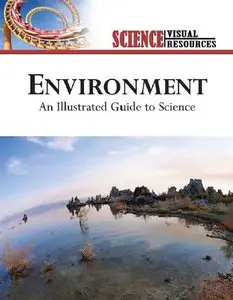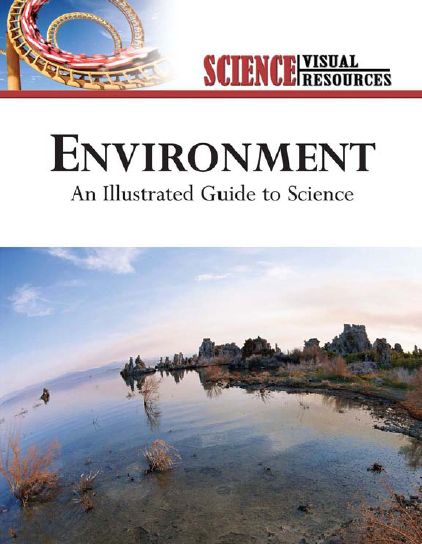Environment: An Illustrated Guide to Science (Science Visual Resources) by Diagram Group
English | August 2006 | ISBN-10: 0816061653 | 208 pages | PDF | 35,8 Mb
English | August 2006 | ISBN-10: 0816061653 | 208 pages | PDF | 35,8 Mb
From School Library Journal
Grade 8 Up—Each title consists of 190 maps, charts, graphs, and diagrams designed to explain a range of concepts arranged into broad areas. Environment looks at interrelated impacts of human activity and the environment, sources of pollution, and case studies of environmental disasters. Weather includes atmospheric structure, the components of weather and weather systems, the science of meteorology, world and U.S. climate data, and the human impact on climate. Except for a single paragraph introduction, the table of contents provides the only outline of the relationships among the topics within each section, and the indexes are minimal. The books contain an immense amount of data; the visuals are attractive, but occasionally more decorative than informative. The Web page-like layout provides brief bulleted marginal entries that do not indicate hierarchy of main ideas and subdivision, or provide sufficient background information to interpret the visuals. This, plus the lack of a systematic introduction to the main ideas in each section will challenge readers to construct their own understandings from the information provided. The lack of documentation beyond a reference to The Diagram Group and the absence of explanations regarding the methods of data gathering are also problems. Dan Smith's similarly summarized data in The Penguin State of the World Atlas (2003) are fully documented. These titles might be useful as supplementary sources or to teach information literacy skills in verifying data, but they don't stand on their own.—Judith V. Lechner, Auburn University, AL



